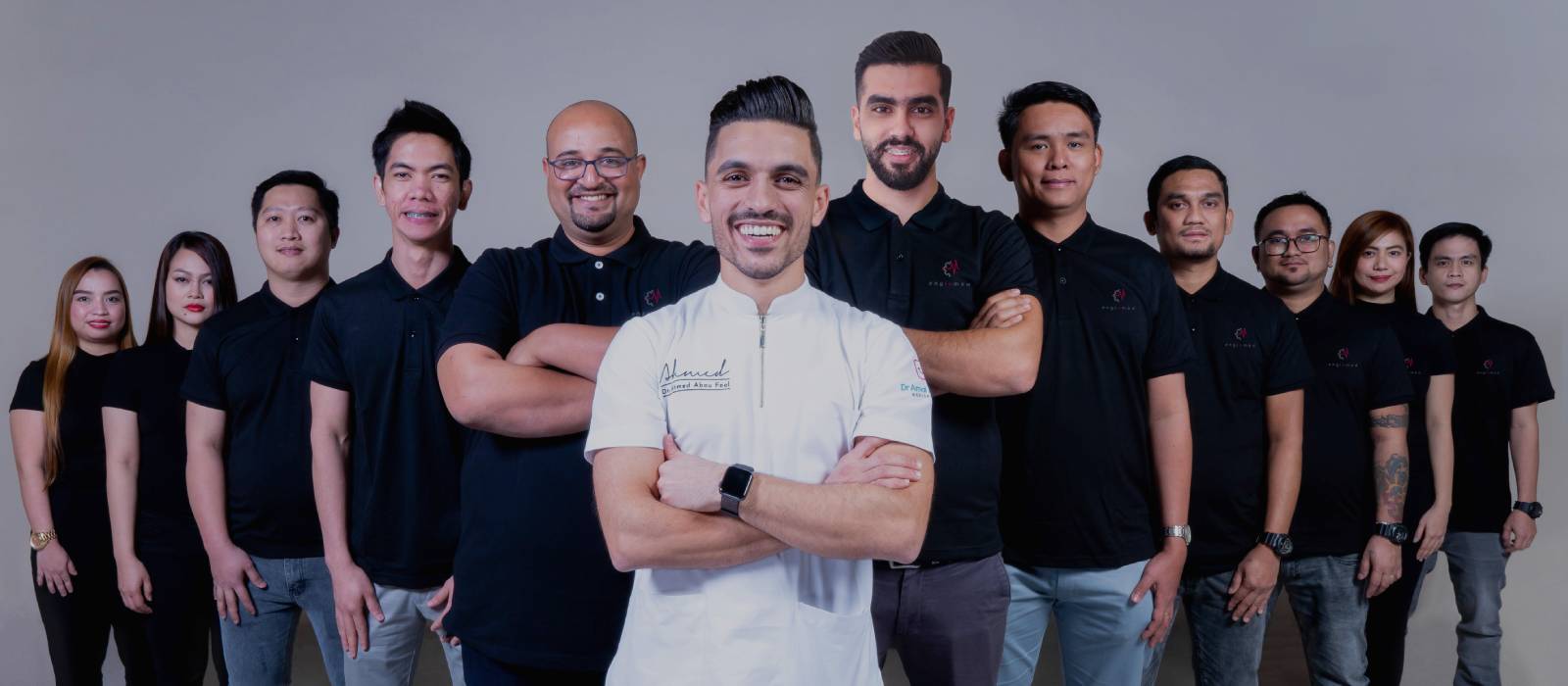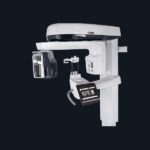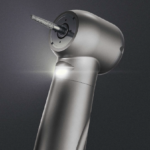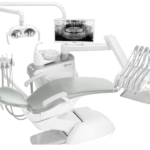
During the pandemic, a face shield became an important tool for protection against the coronavirus along with masks.
Though, in professions such as dentistry, face shields have been commonly used to prevent the spread of infection in the clinic.
As they cover your entire face, there is hardly a chance of disease transmission from the patient to the dentist and vice versa.
To keep the clinic’s environment sterilized and disinfected, it is essential equipment for dentists and dental hygienists.
This article discusses how having face shields in the clinic for all employees can benefit you and the patient.
Keep reading to know more.

How Does a Face Shield Help?
It can be a part of personal protective equipment.
It is an essential part of the practice of the dental and medical teams.
During dental treatment, the instruments your dentist uses such as dental drills can produce aerosols, splashes and sprays.
The aerosols contain tiny droplets with bacteria and viruses.
If they will not fall to the floor, they can also stay airborne for several hours.
In that case, your eyes, nose and entire mouth are exposed to these harmful microbes.
In order to prevent infection, the dental staff will wear shields.
It will act as an extra barrier to protect the mucous membrane that is around the facial orifices from all of these harmful viruses, bacteria and pathogens.
So the face shields provide enough protection for your mouth, nose and eyes from biological and chemical agents splashes, splinters and liquids such as blood, saliva or contaminants that are detrimental to human health in dental treatments.
While its main purpose is to protect health professionals from the splashes of chemical and biological agents, it can also double as protecting the patient.
In case your dentist has to cough or sneeze, you will be able to remain safe from the air droplets released.
Though, it is enough to wear a face shield for maximum protection?
Let’s find out about that below!

Is The Protection Enough?
Face shields themselves would not be enough to protect you entirely.
It can provide protection against splashes and external biological agents however chemical sprays and airborne agents are still harmful and do not get filtered with the help of the shield.
Hence, most dentists may use the shield with a surgical face mask underneath.
They will also wear goggles to protect their eyes from these microbes.
The protective eyewear and face mask give at least two layers of protection between the dentist and the patient topped up with the shield.
This reduces the risk of contamination to a great degree.
Using other personal protective equipment with the shield can protect the dental staff as well as the patient equally.
A study determined face shields with three contact points that are at the forehead and side curves reaching down the ears, along with an N-95 respirator mask was more effective in protecting the eyes, mouth and nose of the participants.
Thus a face shield alone may not be enough in providing complete protection but you will need to pair it up with a mask and also maybe goggles.
Find out more about the rest of the equipment later below.

Structure of a Face Shield
There are three main components in a face shield:
- Frame
- Visor
- Suspension System
Frame
The frame is the headgear that should be durable, lightweight and adjustable.
Usually, it should be comfortable to wear hence while selecting go for a frame made of lightweight, durable plastic.
You can look for other features such as adjustment for dental loupes, eyewear and headlight as well as partially encircling the head’s circumference.
Beyond that, certain frames allow the detachability of visors for easy adjustment.
What’s more, you can now get custom-made frames.
You will simply need a 3D scan and 3D printer to get a frame that fits exactly your head’s circumference.
Visor/Window/Screen
Face protection visors are also known as windows or screens.
They will protect your face, and eyes and prevent the spread of infection.
You can choose the screen that particularly suits your needs.
The polycarbonate screens are heat and impact resistant.
Moreover, it provides optical transparency so that there is no reflection.
Another option is the anti-fog screen.
As the name suggests, it prevents screen fogging that the likes of mists and gases cause.
Thus, it is made using chemicals that prevent fog-like water condensation in the workspace while dealing with gases.
Other materials to make the visors are polyethylene terephthalate glycol, cellulose acetate and polyvinyl chloride.
Acetate is a popular material to make visors.
It is scratch-resistant even if you clean it multiple times a day.
Plus, it provides the best clarity- exactly what visors need.
The longevity of the visors can increase if treated with anti-glare, anti-fogging, scratch resistant and ultraviolet coatings.
Suspensions System
The last component is the suspension system.
It is how the device interlocks through the interaction of shock absorbers and springs.
Examples of it can be an elastic band, hook and loop fasteners, ratchet adjusting plastic headband and a pink-lock system.
These circumferential suspension systems fully or partially cover the head and neck.
There can be a further eyeglass attachment and neck brace in a partial circumferential suspension system.
Furthermore, there can be foam on the interior forehead area for additional comfort and absorption.
Once you know the components present in the shield, it is time to understand what you need to consider while selecting the best face shield for your dental clinic.

Selection Considerations for Face Shield
There are no particular considerations for a face shield however choose one which best suits your need and dental use.
It must be now clear that a face mask should be worn with the shield for maximum protection.
Splashes, aerosols and sprays can easily flow around it hence, it should not act as the sole source of respiratory protection.
What matters while choosing the shield is its design, length and aerodynamics.
The thickness of the material is not a big concern.
Design
How the airflow reaches the clinician is an important design consideration.
The airflow from a coughing patient in a supine position can reach the clinician in a 12 o’clock position through the chin.
In that case, the face shields should best be below the chin to minimize the airflow that reaches the health professional.
This reduces the risk of exposure to direct cough and the directionality of airflow while working becomes a necessary design consideration to be mindful of.
Length
Again the shield should be below the chin and also extend to the ear.
Additionally, it should cover the forehead properly.
If a shield lacks any of these design and length elements it is yet not able to protect you from infectious particles.
Aerodynamics
The suspension of air-generated particles is another important factor to consider.
Particles can remain in the air for up to 2 to 6 hours.
Hence, if you need protection, the coverage should be below the chin, extending to the ears and over the head.
In comparison to other PPE, shields give enough protection from contaminating the mask and touching your facial structures.
It is also affordable and is very easy to disinfect.
Moreover, you can wear it along with other personal protective equipment and eyewear.
This brings us to…

Eyewear and Goggles
While shields cover a larger area of your face than eyewear, wearing the latter such as goggles is also important in protecting against infection.
Protective goggles are in fact a part of Personal Protective Equipment.
Did you know around 90 percent of eye injuries in the workplace can be prevented by wearing goggles or other protective eyewear?
The different types of eyewear include:
UV-protective Goggles
These prevent the incidence of blue light from light-curing lamps directly reaching the eyes.
Transparent Polycarbonate glasses
Polycarbonate glasses are transparent, rigid and resistant to any impact.
Their material makes them a sturdy pair of glasses for your work needs.
Side Protection Goggles
These provide a lot more coverage encompassing the side of the face along with the eyes.
Hence, you feel a lot safer wearing these goggles.
Usually, goggles with these features also have additional ones such as anti-fogging and anti-glare.
When choosing screens and eyewear confirm that they comply with ISO standards and are reliable to use.
Also, check if all the parts are certified as a whole. This includes the frame, lens and screen.
Knowing that they are anti-fogging and scratch resistant will always help. In fact, these should be your priority.
Other elements like design, ergonomics, transparency, robustness and resistance should all be taken into consideration.
Those containing any moving parts should function smoothly in order to avoid any wear and tear.
But all in all, what matters the most is that they offer good visibility and are light.
You will be wearing the shield for a long time and it can last a year.
At least, it should be comfortable to wear.
Finally,
A face shield is protective equipment you should consider buying and wearing at work.
It is essential for infection control alongside masks and goggles.




